7 reasons you need a hammock: why pitch when you can hang?
Our 7 reasons you need a hammock for your outdoor lifestyle, whether you’re off on a camping trip or just looking to level-up the backyard
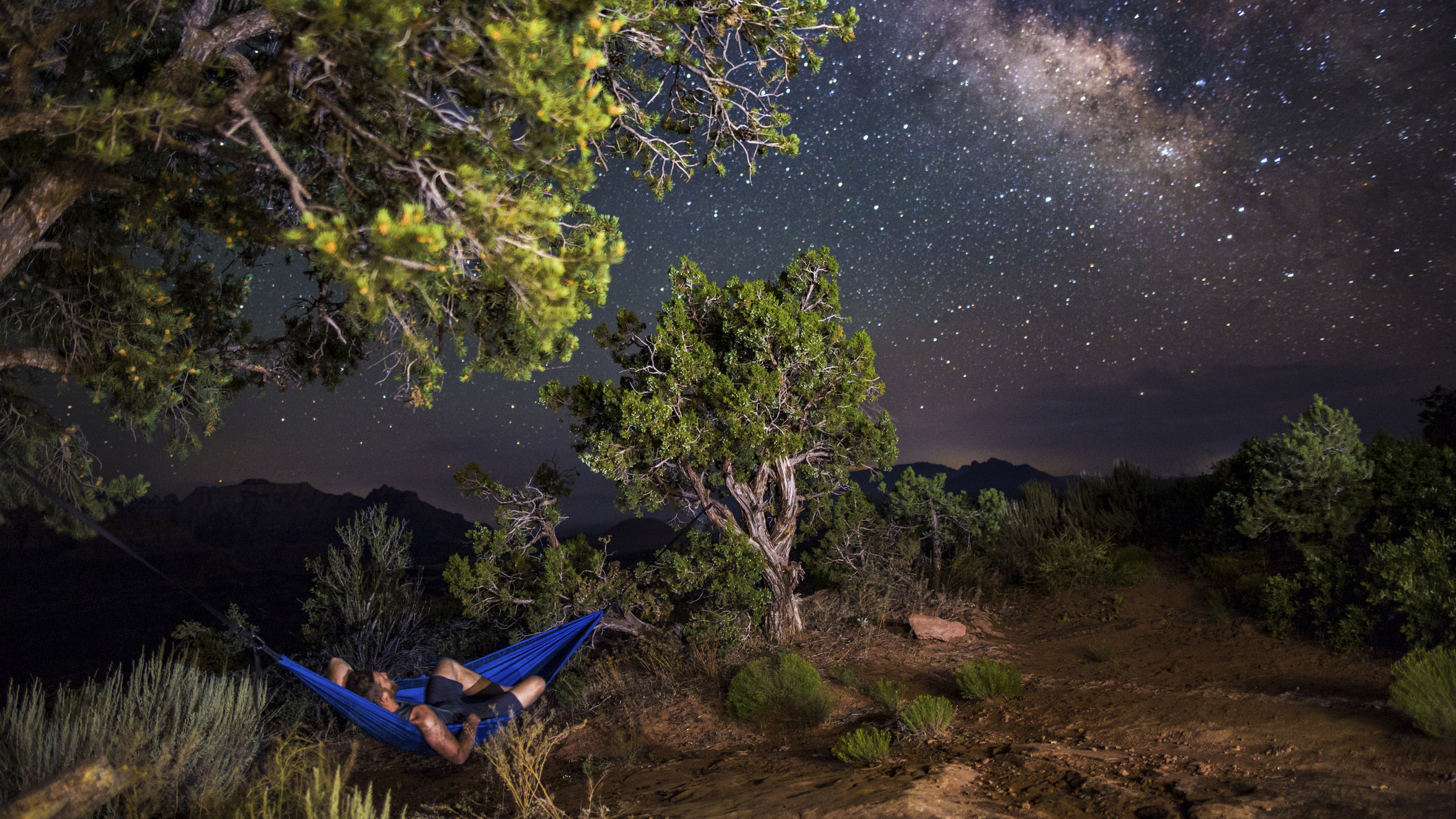
Y’know what, they’re onto something, the Spanish. What’s better than taking the weight off your feet and indulging in an afternoon nap after a hearty lunch, suspended above the ground in a cozy hammock? Thanks to the functionality of the hammock – or hamaca, as they say in Spain) – you can enjoy this kind of siesta anywhere.
Of course, it’s not just the Spanish who enjoy an indulgent snooze; I’ll bet when presented with the prospect of a couple of hours gently swaying in a hammock under the gently warming sun, people of most nationalities would be tempted. However, there are myriad reasons, besides the occasional siesta, that you need a hammock.
It’s a wonderfully portable hangout that can be set up in a variety of places and for a huge range of events. Camping trips, parties, festivals, beach days, park days, expeditions – the list goes on. In fact, who needs an event? A hammock is perfectly at home in the backyard, too.
So, I’m here with my 7 reasons you need a hammock to enhance your outdoor lifestyle and maybe take things a little easier.
Meet the expert
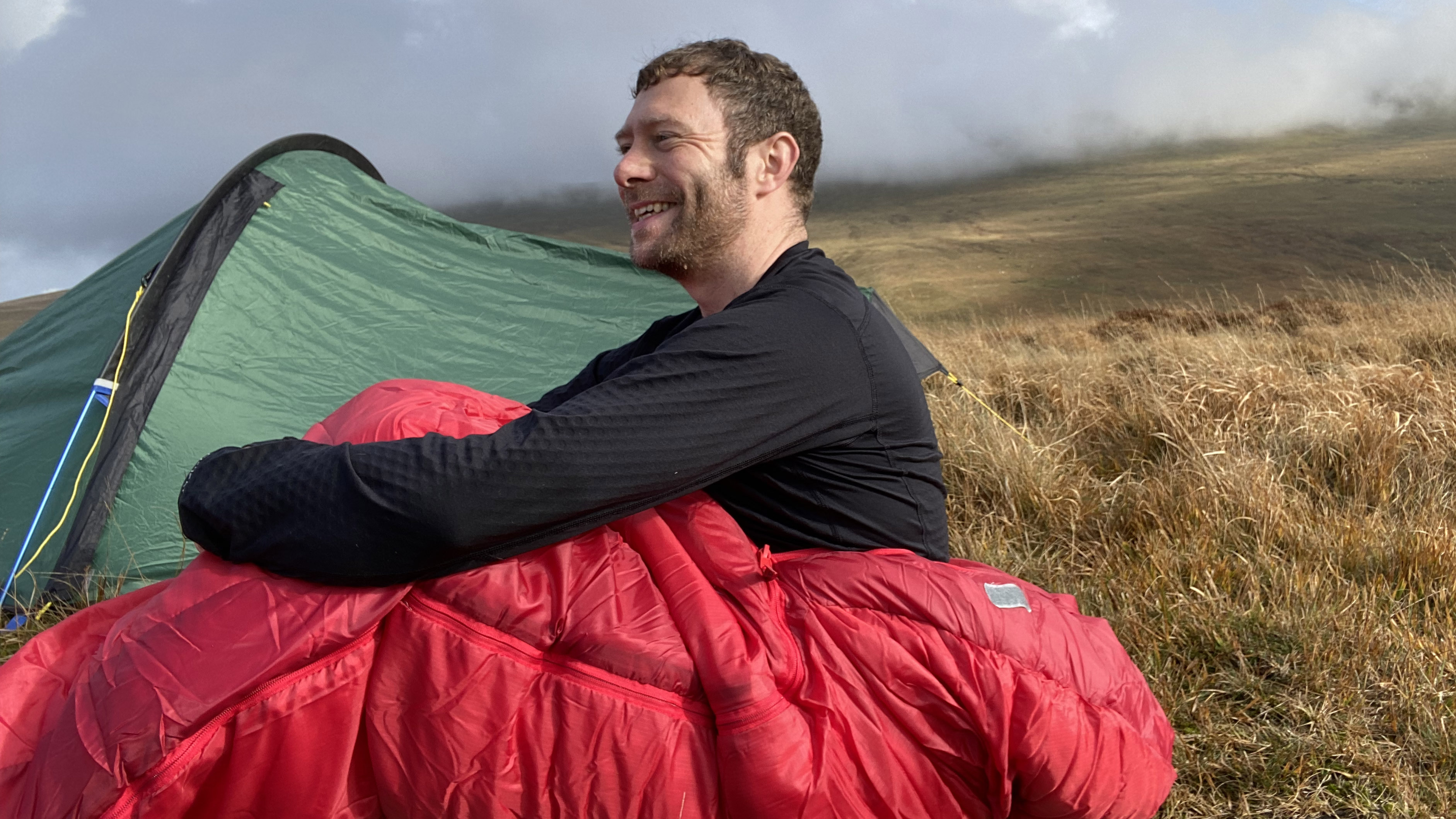
As an avid wild camper and passionate mountaineer, Alex loves a wild camping expedition, whether big or small. He’s tested numerous sleeping systems during his time and thoroughly enjoys immersing in the wild places after the sun has set. He also takes great pleasure in setting up his hammock in the garden and unwinding with a good book.
Today's best deals
What is a hammock?
- A hammock is a bed-like fabric platform suspended between at least two points
- They allow the user to sleep or relax while suspended above the ground
- The two main types are spreader bar and non-spreader bar hammocks
A hammock is a bed-like platform made of fabric, rope or netting that’s suspended between at least two points. They allow the user to sleep or relax while suspended above the ground. Hammocks used for camping tend to be made from durable nylon or polyester and typically pack down very small for easy transportation. In terms of protection, some feature integrated mosquito nets, while some come with a waterproof tarp to shield against the elements.
There are lots of different types of hammock, with the two main designs being spreader bar hammocks and non-spreader bar hammocks. Spreader bar designs utilize a long bar at either end that the hammock attaches to, spreading the fabric and making the sleeping platform flatter. The classic image of a hammock, particularly where camping is concerned, is that of a non-spreader bar hammock. In this design, the fabric is gathered together and attached to a single point, creating the classic banana shape.
1: It’s a great addition to any camping trip
- A hammock and tent setup gives you the ultimate flexibility
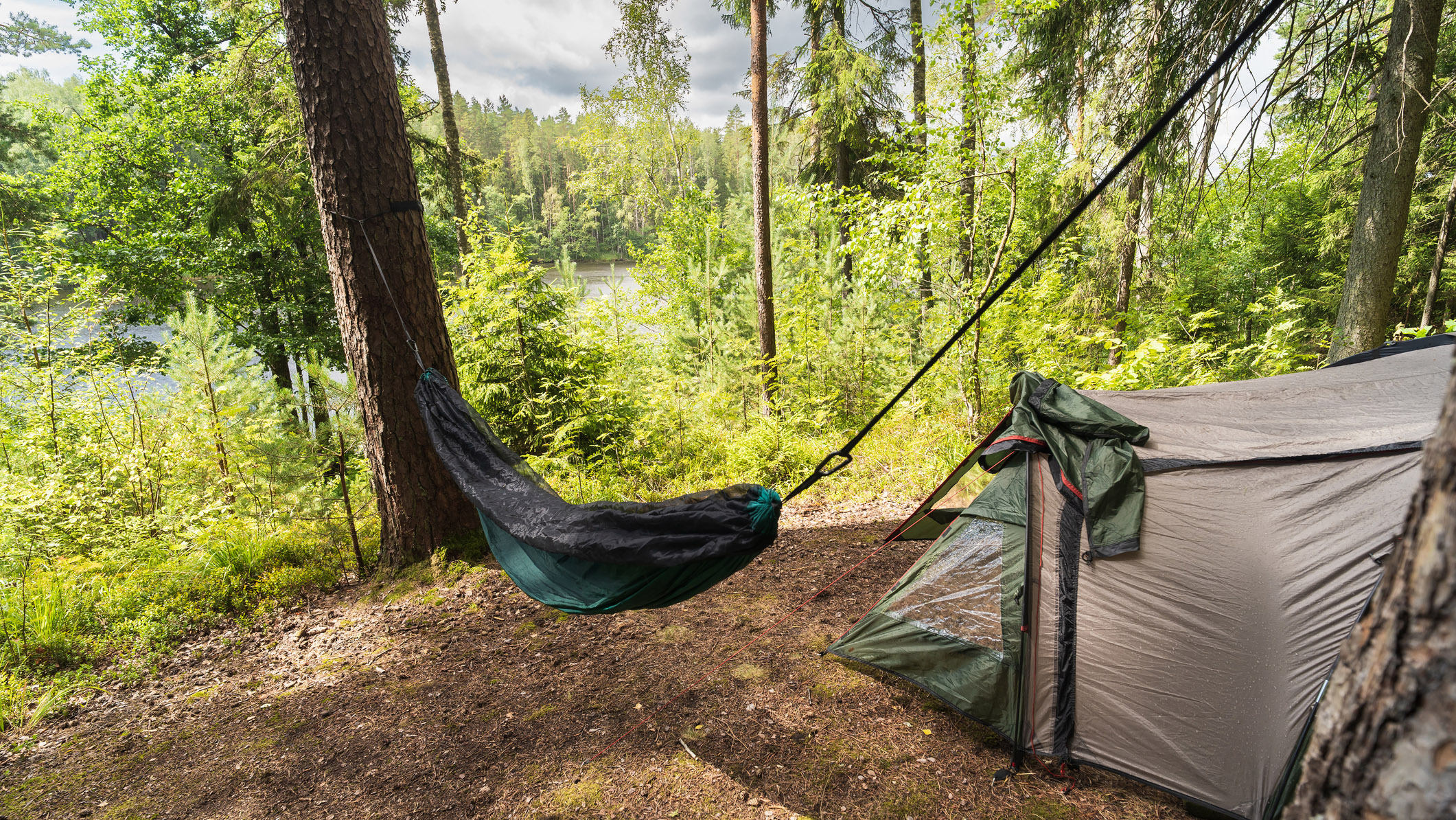
It’s no secret that hammocks have become a popular alternative to tents thanks to their lightweight, portable and fuss-free qualities. A good hammock takes up very little space in a daypack and all you need is a couple of suspension points to set one up.
Advnture Newsletter
All the latest inspiration, tips and guides to help you plan your next Advnture!
However, here I’m also making the case for taking a tent and a hammock on your tent camping adventure. This gives you the ultimate flexibility. You can relax in the hammock by day and take refuge in the tent at night. If the weather is kind and the bugs are kinder, it’s obviously a great alternative option for catching forty winks.
2: for flexible wild camping
- A hammock allows you to sleep in places you'd never be able to put a tent
- The caveat is you need two suspension points for it to get off the ground
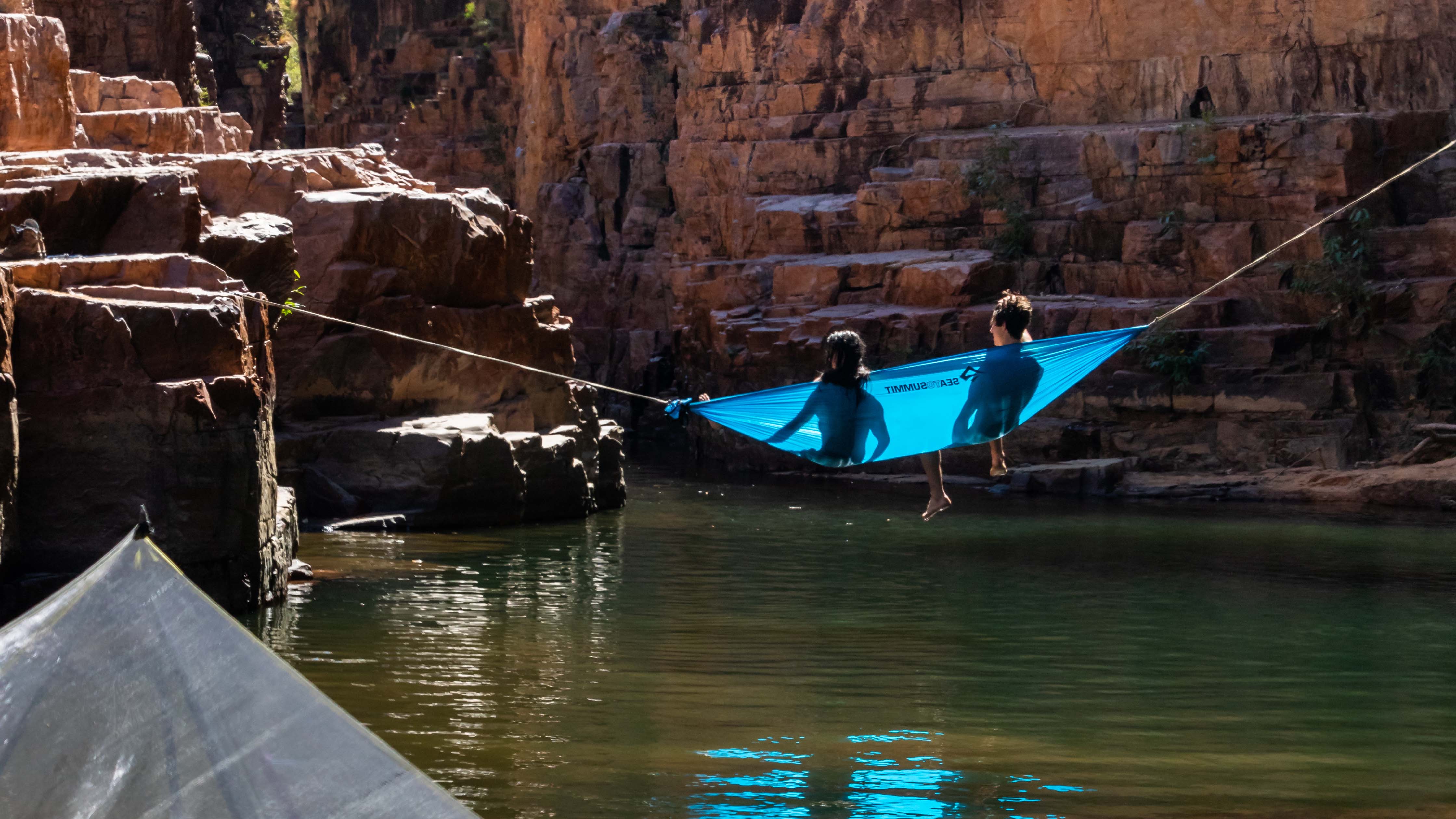
Can you camp above a rooty forest floor, sleeping to the sound of hooting owls and the wind through the undergrowth? Yep. Can you snooze while suspended over a babbling brook? Sure. Fancy setting up between two rock spikes high on a mountain? Be our guest.
Hammocks can be set up in all kinds of weird and wonderful places that can make your wild camp feel that much wilder. The caveat here is that you obviously need two points to attach your hanging sleeping system from, which is why it’s worth planning ahead, considering where you intend to set it up before setting out.
3: it’s a great place to chill in the garden
- Any hammock makes for a welcome addition to the garden
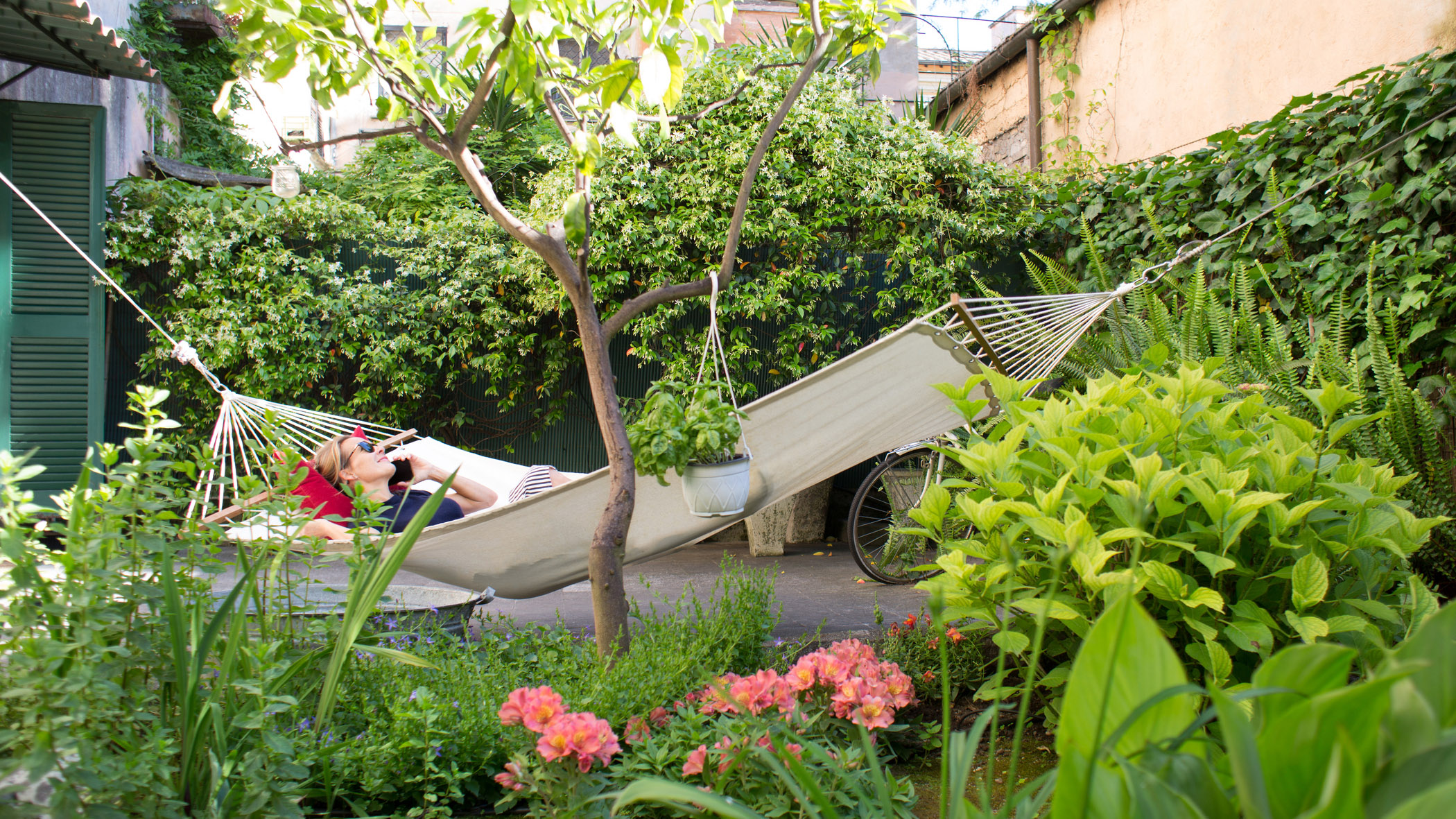
A hammock isn’t just for camping trips, it’s also a wonderful addition to any garden. If you’ve got a couple of suitable hanging points, you’ve got yourself a marvellous place to chill, enjoy a cool beverage and read a jolly good book. Who knows, perhaps your newly installed garden hammock will become your summer siesta spot.
4: you can take it with you to… anything
- You can take your hammock to the park, to a friend's garden party, to a festival etc etc

Modern hammocks pack down to almost nothing, which makes them wonderfully portable. Trip to the park with the kids? Take the hammock, suspend from a couple of trees and you’ve got a comfy spot from which to watch them play soccer. Note: they may expect you to be a little more active if you’ve been designated as referee.
If you’re off to a festival, take it along. If your friend is having a barbeque, bring it with you – but maybe check with them first, of course. You get the picture, a hammock is an option for so many sunny occasions.
5: for stargazing
- You can gaze at the stars lying in a hammock
- A pair of binoculars will enhance your viewing
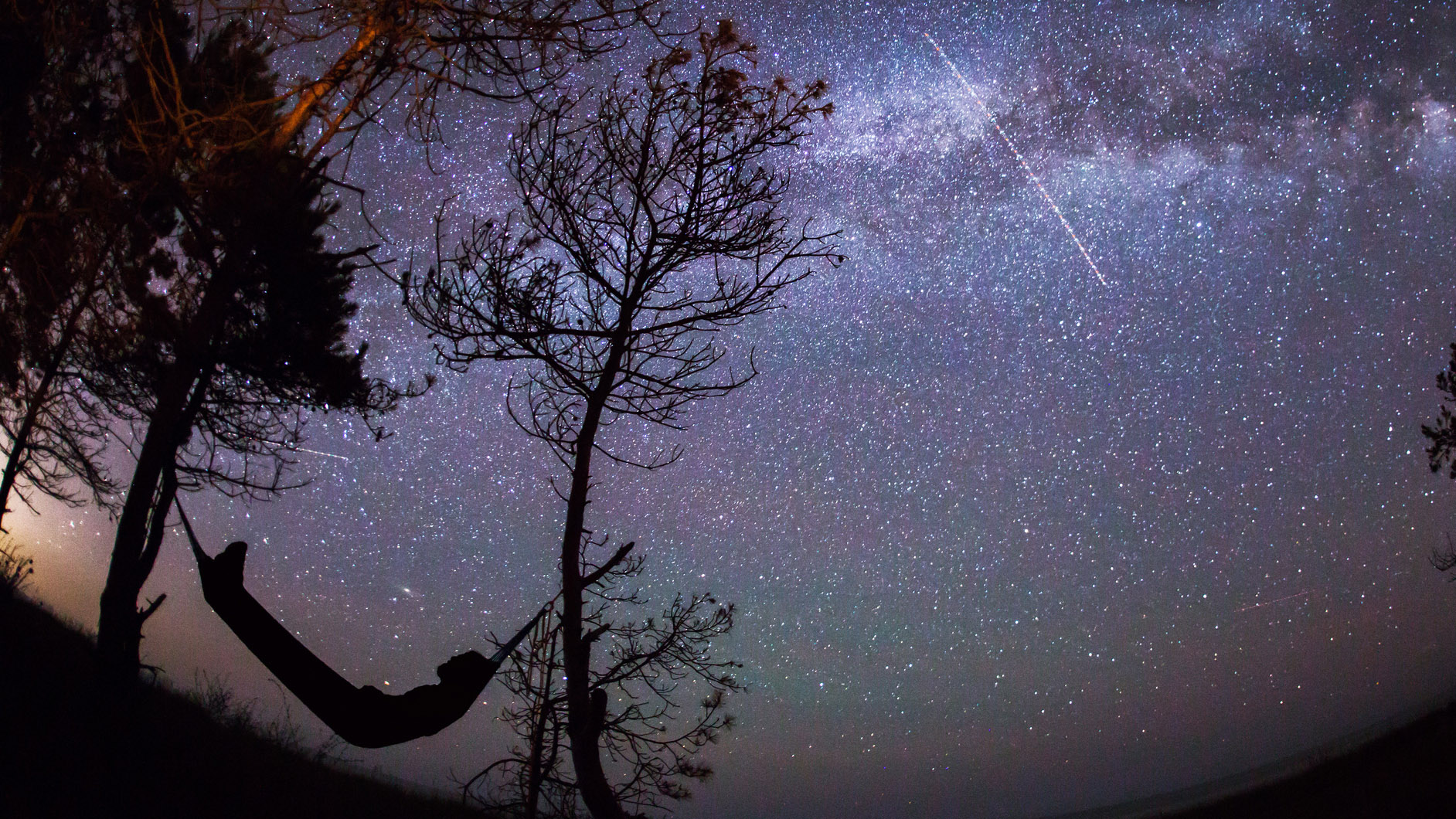
Okay, so it’s difficult to operate an astronomical telescope from a hammock. However, with a good pair of binoculars – or even dedicated stargazers like the Celestron Skymaster 15x70s – the northern hemisphere night sky is your oyster. Just escape the city, bring your hammock and find your ideal spot to enjoy the sight of Jupiter, Saturn, the Milky Way, Betelgeuse, the Plough, Orion’s Belt, Andromeda and the rest. It’s far more relaxing than having to stand up the entire time or sit on the soggy, rough ground.
There’s also something undeniably romantic about the combination of hammock and stargazing, much more so than sitting on separate camping chairs. Even the two-person Kelty Low Loveseat isn’t as romantic as a hammock, and it’s got Loveseat in its name! It might be worth packing a few camping blankets though, especially as the celestial heavens are at their best on cold, crisp nights.
6: it might help you to sleep better
- Some studies suggest hammock sleeping is better for you than a traditional bed
- Findings suggest people fall asleep faster and sleep deeper
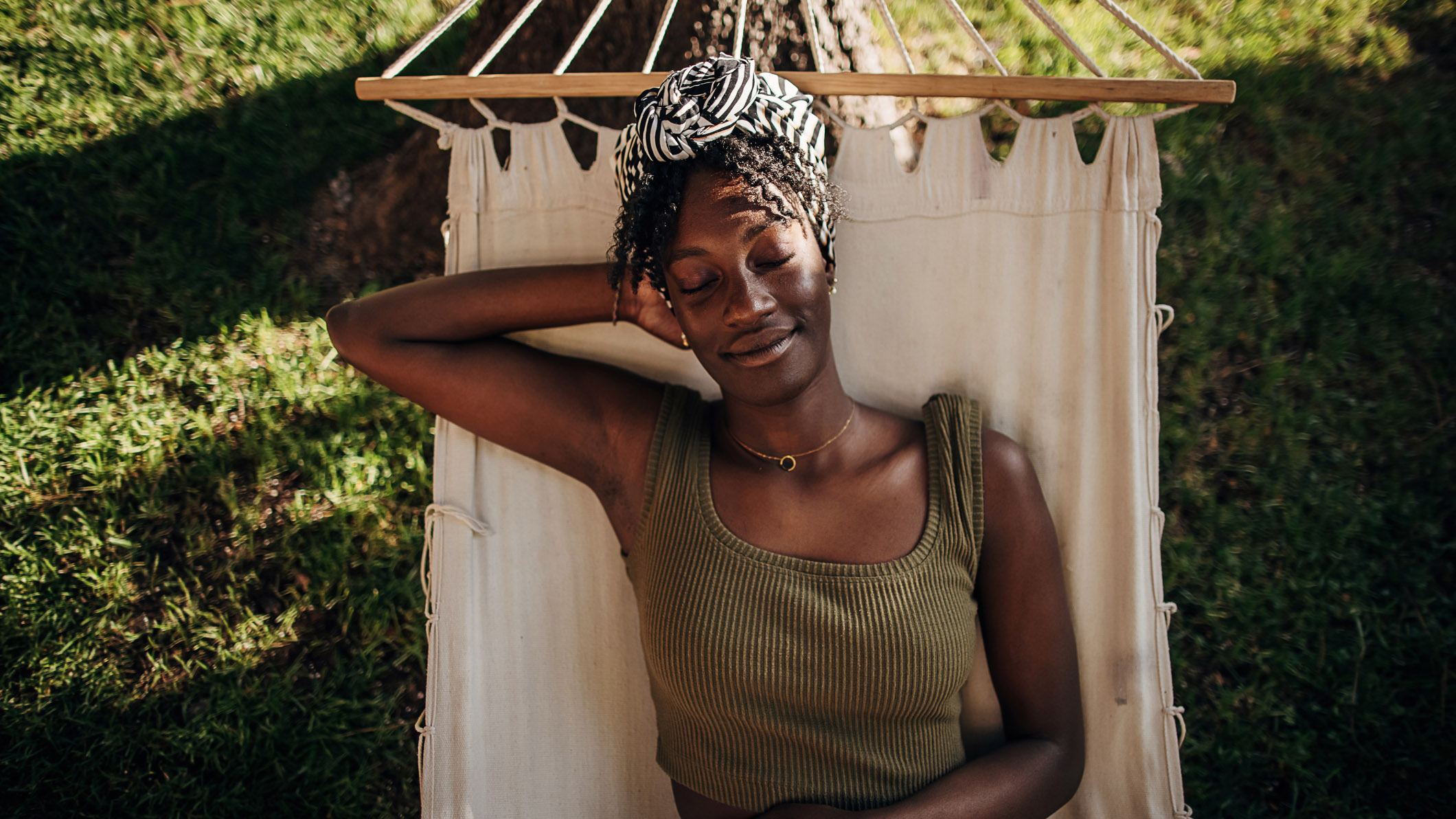
The gentle rocking motion of the hammock is thought to be beneficial to sleep, according to some studies. Research on this matter is broadly contradictory and there’s no definitive agreement on whether hammock sleeping is better for you than a traditional bed. However, findings suggest that, not only do people fall asleep faster in a hammock than in a bed, hammocks also promote a deeper sleep. The rocking sensation provided by a hammock is thought to enhance relaxation, engaging your vestibular system.
A common concern is that sleeping in a hammock must surely be bad for the spine. However, for most people this isn’t the case. Many of the back issues caused in regular sleep are due to the fact that we toss and turn in the night, whereas a hammock forces you to sleep on your back. However, if you do have a diagnosed spinal problem, speak to your physician or doctor before using one.
At the end of the day, everyone is different, plus every hammock is different too. Give sleeping in one a go and see how you get on with it. If it’s not for you, you’ve still got a lovely place to go a chill every once in a while.
7: relax and immerse in nature
- Sleeping in a hammock is a more immersive experience than sleeping in a tent
- There's no barrier between you and the backcountry

When it comes to immersing in your backcountry surroundings, a hammock gives you a more powerful experience then you’d get cooped up within the four walls of a fabric tent. Strip all that away and the moonlight glistening on the lake, the dark shapes of the towering peaks and the wind through the trees are much more vivid.
This vibe is similar, in many ways, to the immersion experienced in a bivy sack, only I’d wager that hammocking is more relaxing. When we’re relaxed, we notice the little things in our surroundings.
Alex is a freelance adventure writer and mountain leader with an insatiable passion for the mountains. A Cumbrian born and bred, his native English Lake District has a special place in his heart, though he is at least equally happy in North Wales, the Scottish Highlands or the European Alps. Through his hiking, mountaineering, climbing and trail running adventures, Alex aims to inspire others to get outdoors. He's the former President of the London Mountaineering Club, is training to become a winter mountain leader, looking to finally finish bagging all the Wainwright fells of the Lake District and is always keen to head to the 4,000-meter peaks of the Alps. www.alexfoxfield.com

